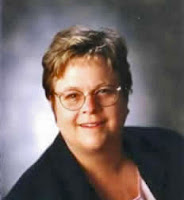 |
| NNU Education Facility |
Northwest Nazarene University is pleased to announce the opening of its new Boise Center campus. Located downtown on Park Blvd., the new center has many amenities to offer to its students. This Boise campus hosts graduate, adult and professional programs in accounting and business with plans to incorporate classes in education, counseling and social work.
When asked about the impact this new Center will have on the Boise Valley, Dr. Ron Galloway, Boise Center Director, said, “The new Boise Center, located across the street from both Boise State and the University of Idaho in the Washington Group Plaza, gives NNU greater visibility in the Boise Metro area. As academic offerings and student numbers increase in Boise, the importance of this new location will become evident.”
The new facility includes four classrooms with ample room for 125 students. A student computer lab with 20 laptops as well as three desktop computers are available for student use. The new Boise Center has breakout rooms both inside and outside of the suite as well as a conference room and an on-site cafeteria.
William and Kate Fowler, both students pursuing an MBA at the new location, chose NNU’s Boise Center because of its cohort model that allows them to graduate in 16 months. “The Boise Campus is in close proximity to our house, which makes it only about a 10-minute drive.”
Directly following the grand opening ceremony, prospective students had an opportunity to tour the new facility.






